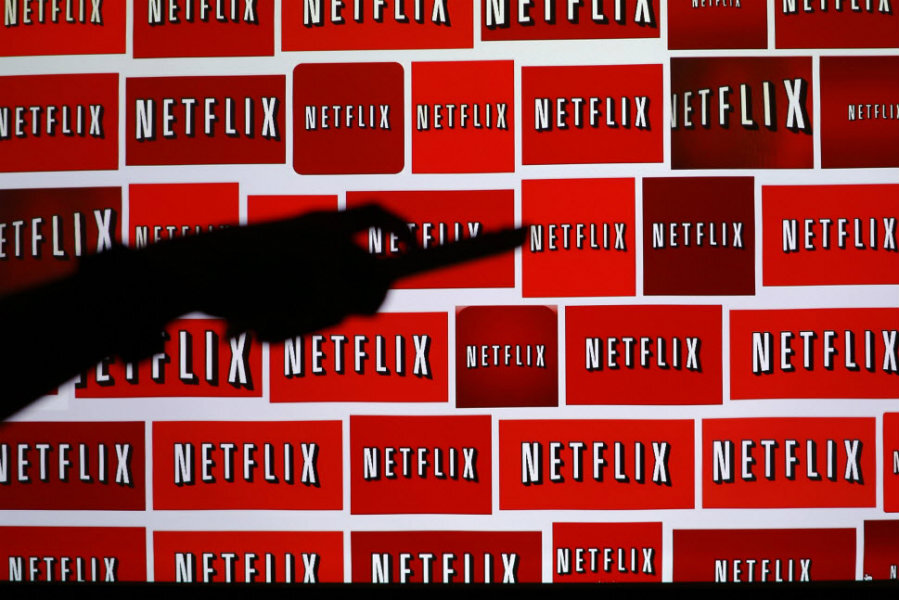Will Netflix kill cable? Or is it the other way around?
Loading...
The Internet’s march toward media domination continues, and Netflix seems to be leading the way.
The streaming-TV service now accounts for 36.5 percent of the total bandwidth consumed by North American users during peak traffic periods, up nearly two percent since November, according to the latest report by Canada-based network company Sandvine.
The report reflects a trend that has become clear in the last few years: Demand for Netflix, and online video in general, is growing at an incredible pace.
How that will shape the content service industry remains a big unknown. Does the growth of Netflix and its ilk herald the death of cable TV, as consumers cut the cord in favor of streaming services? Or does it strengthen broadband providers – many of them cable companies – as online video services increasingly rely on fast, high-quality Internet?
“Netflix no longer takes up just a third of Internet traffic anymore. Now it's edging closer to two-fifths,” tech reporter Brian Fung wrote in a blog for The Washington Post.
Together, Netflix and YouTube already account for more than half all bandwidth consumed in North America, based on the Sandvine study. By 2019, video could represent up to 80 percent of the world’s Internet traffic consumption, according to tech giant Cisco’s annual report on the future of the web.
“It would take an individual over 5 million years to watch the amount of video that will cross global IP networks each month in 2019,” the report predicted.
Or, as Mr. Fung succinctly put it, “Video is eating the Web.”
Less certain is who comes out on top as a result.
Yes, online video and streaming services are gaining serious ground. Netflix saw more than 4 million new subscribers in the last quarter of 2014, bringing its total subscriber base to more than 57 million worldwide. About 40 percent of US homes now have access to subscription video on-demand (SVOD), according to Nielsen’s Total Audience Report, released in March.
Meanwhile, pay-TV providers lost about 125,000 net subscribers in 2014, up from 95,000 in 2013, according to New Hampshire-based media firm Leichtman Research Group. Live television watching was also on the decline, especially among younger audiences. In 2014, US adults spent, on average, just under 5 hours a day watching live TV, down 13 minutes from the year before, the Nielsen report found.
Still, that may not mean it’s the end of the line for cable companies.
Though more households now have SVOD access, more than 90 percent of those that have SVOD, broadband, and cable are more likely to hang on to cable than the first two, according to Nielsen.
More significant, perhaps, is the growing pressure on online video services to stream more quickly and reliably. More users streaming more content puts a greater burden on Internet infrastructure, and can slow down services.
Last year, Netflix cut controversial deals, first with Comcast, and then with the next three largest American broadband Internet service providers, in which Netflix would pay for faster, more reliable streaming to their subscribers.
“The [Netflix-Comcast] accord is the latest sign that broadband providers are gaining leverage with content companies,” The Wall Street Journal noted.
It remains unclear who will ultimately benefit the most from this tug-of-war. But one thing is for sure: “Online video has already shaped the course of corporate history, and now it's about to define the future, too,” Fung wrote.






